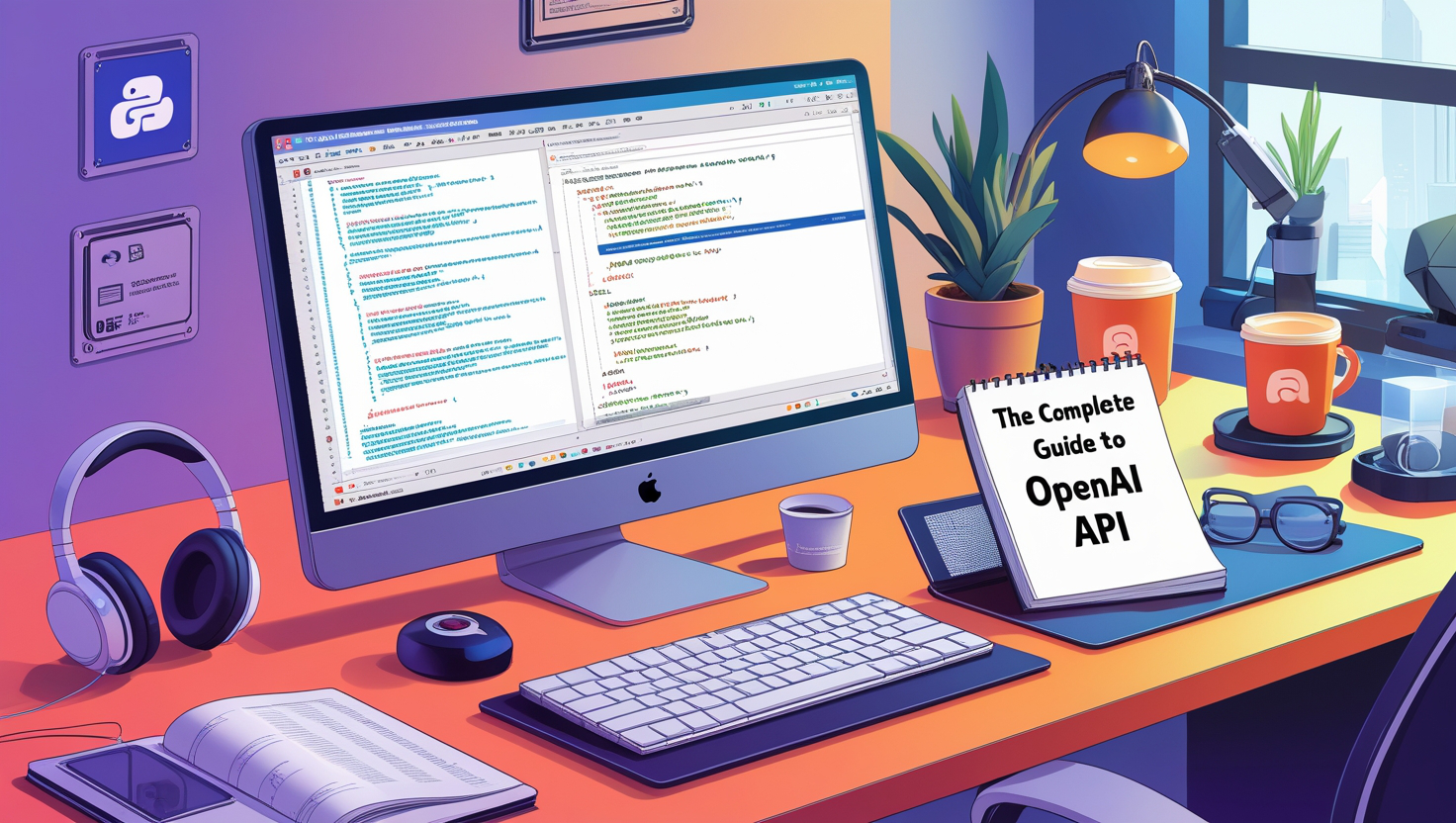The Model Context Protocol: The New Standard for AI Integration
Introduction
As artificial intelligence (AI) becomes increasingly central to business and technology, the need for seamless integration between AI models and external data sources has never been greater. The Model Context Protocol (MCP) is an open standard designed to address this challenge, enabling AI systems to securely and efficiently connect with a wide range of tools, databases, and applications.
What Is the Model Context Protocol?
The Model Context Protocol (MCP) is an open-source framework introduced by Anthropic in late 2024. Its primary goal is to standardize how AI applications—such as chatbots, coding assistants, and autonomous agents—interact with external systems and data sources. Think of MCP as the "USB-C port" for AI: a universal connector that replaces a tangle of custom integrations with a single, reliable protocol.
Key Features
- Open Standard: MCP is open-source and vendor-neutral, encouraging broad adoption and collaboration.
- Universal Interface: It provides a common API for reading files, executing functions, and handling contextual prompts.
- Client-Server Architecture: AI applications (clients) connect to external systems (servers) via MCP, enabling two-way communication and context sharing.
- Model-Agnostic: MCP works with any large language model (LLM) or AI agent, regardless of provider.
Why Was MCP Created?
Before MCP, integrating AI models with external tools was a complex "M×N problem": every new AI application (M) needed a custom connector for each data source or tool (N). This led to duplicated effort, inconsistent implementations, and slow innovation. MCP transforms this into an "M+N problem," where each tool and each AI app only needs to support the protocol once.
How Does MCP Work?
MCP operates on a client-server model:
- Clients: Typically AI models or applications that need access to external data or tools.
- Servers: External systems that expose resources, tools, or prompts via the MCP API.
Types of MCP Servers
- Stdio Servers: Run locally as subprocesses, ideal for desktop apps.
- HTTP/SSE Servers: Run remotely, accessible over the network.
- Streamable HTTP Servers: Support real-time, streamable data exchange.
Core Components
- Tools: Functions that AI models can call (e.g., APIs, automation tasks).
- Resources: Data sources that provide context (e.g., files, databases).
- Prompts: Predefined templates or workflows to guide AI interactions.
Benefits of the Model Context Protocol
Interoperability
MCP enables AI systems to connect with any compatible tool or data source, regardless of vendor.
Faster Integration
Developers can add new capabilities without building custom connectors for each integration.
Enhanced Context
AI models can access real-time, relevant data, improving the quality and accuracy of their responses.
Scalability
Organizations can scale AI projects more easily, connecting multiple systems through a single protocol.
Security and Compliance
MCP supports secure, auditable connections, making it suitable for regulated industries.
Real-World Applications
MCP is already being adopted across industries and use cases:
Customer Service
AI assistants can access CRM, knowledge bases, and email systems for more informed responses.
Software Development
Coding assistants fetch pull request details, analyze code, and automate reviews across platforms like GitHub and Notion.
Healthcare
Securely stream patient data into AI-powered engagement tools while maintaining privacy.
Finance
Real-time access to transaction and risk data for fraud detection and compliance.
Retail & Telecom
Deliver personalized experiences by aggregating customer data from multiple systems.
The Future of MCP
As MCP adoption grows, the ecosystem is expanding with pre-built servers for popular platforms (Google Drive, Slack, GitHub, Postgres, etc.) and SDKs in multiple languages (TypeScript, Python, Java, Kotlin, C#). Upcoming features include centralized registries for MCP servers and improved authorization specifications.
Technical Implementation
Getting Started with MCP
To implement MCP in your AI application, you'll need to:
- Choose an MCP Server: Select from existing servers or build your own
- Install MCP Client: Use the appropriate SDK for your programming language
- Configure Connection: Set up authentication and connection parameters
- Implement Integration: Connect your AI model to external data sources
Example Use Cases
# Example: Connecting an AI assistant to a database import mcp # Initialize MCP client client = mcp.Client("postgres://localhost:5432/mydb") # Query database for context context = client.query("SELECT * FROM customers WHERE id = ?", [customer_id]) # Use context in AI response response = ai_model.generate(f"Customer context: {context}")
Industry Impact
The adoption of MCP is transforming how organizations approach AI integration:
- Reduced Development Time: Teams can focus on core AI functionality rather than integration plumbing
- Improved Reliability: Standardized protocols reduce bugs and compatibility issues
- Enhanced Security: Centralized security controls and audit trails
- Cost Savings: Eliminate the need for custom integration development
Conclusion
The Model Context Protocol is rapidly becoming the backbone of modern AI integration. By providing a universal, open standard for connecting AI models to the data and tools they need, MCP is accelerating innovation, reducing development overhead, and enabling a new generation of context-aware, intelligent applications.
As we move toward a future where AI is embedded in every aspect of business and technology, MCP provides the foundation for building robust, scalable, and secure AI systems that can truly understand and interact with the world around them.
The Model Context Protocol represents a significant step forward in AI integration, offering a standardized approach that benefits developers, organizations, and end-users alike. As the ecosystem continues to grow, we can expect to see even more innovative applications and use cases emerge.
Tags
Related Articles

The Complete Guide to OpenAI API: A Practical Developer's Handbook
Explore a complete guide to the OpenAI API, covering everything from setup and core functionality to advanced features, performance optimization, error handling, and practical use cases. Perfect for developers looking to integrate and leverage OpenAI models effectively.

The Compound Effect in Programming & AI: How Small Improvements Lead to Big Results
Discover how the compound effect—small, consistent improvements—transforms programming, AI, and learning. Learn strategies for exponential growth in tech.

How to Protect Your Data in the Age of AI
Discover six essential strategies to protect your data in the era of Artificial Intelligence. Learn about modern threats, governance, encryption, and real-world case studies to secure your business and gain a competitive edge.

Python Playground: A Fun, Project-Based Guide to Learning Python for Generative AI
Learn Python through hands-on projects! This beginner-friendly guide walks you through building an AI-powered text adventure game while mastering Python fundamentals in a fun and engaging way.
About the Author

Hafida Belayd
A passionate Data Analyst and technologist exploring the intersections of data and creativity.